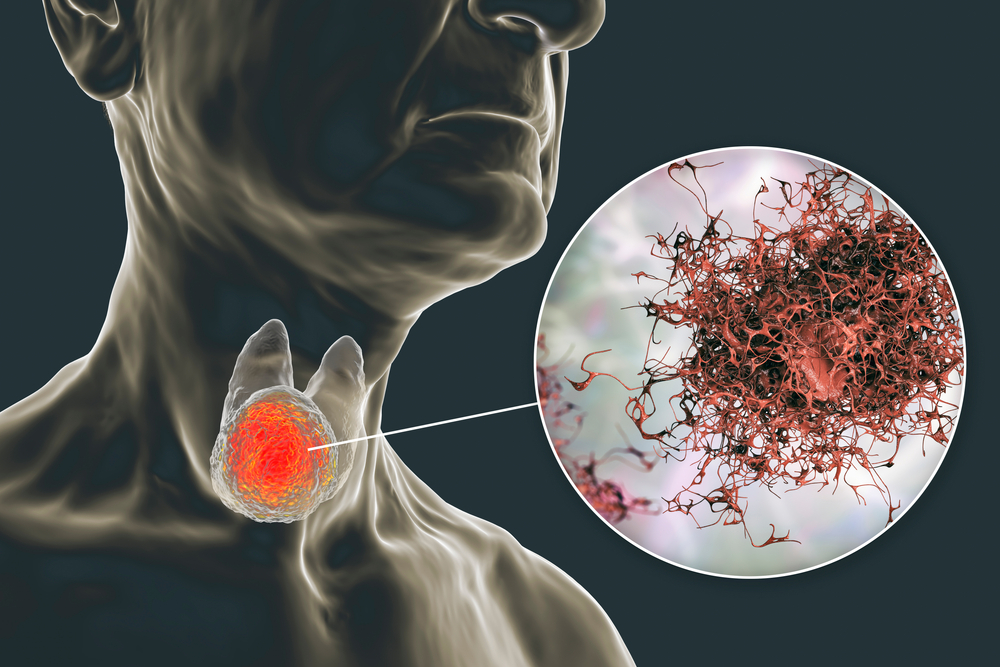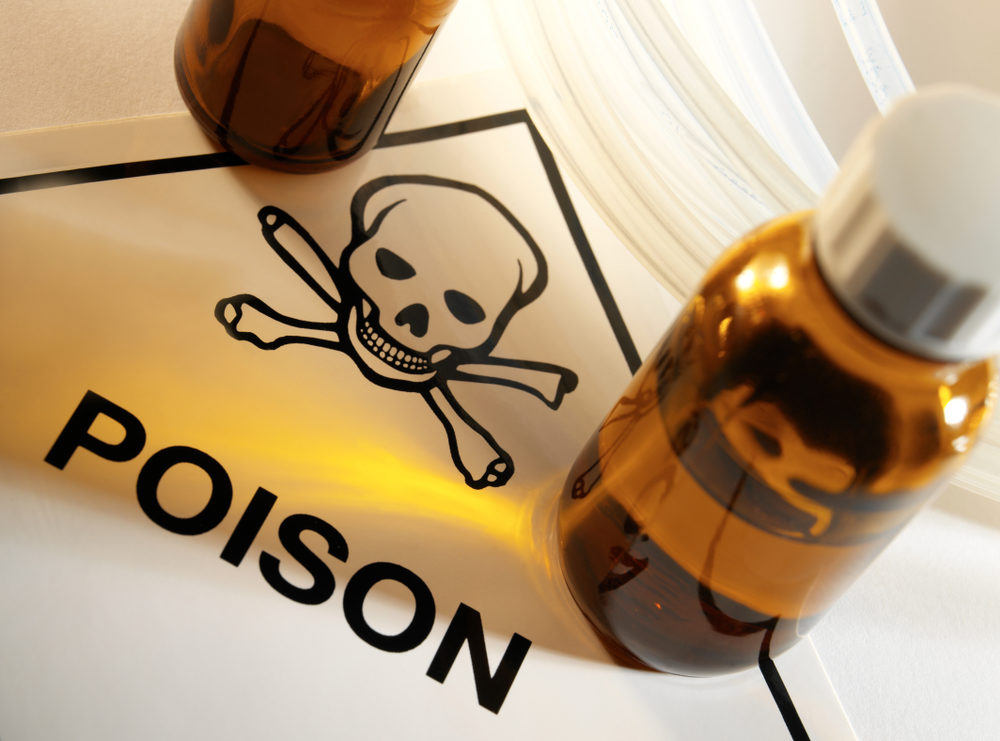What Is the Average Settlement for Paraquat Lawsuits?
Since 2017, paraquat lawsuits have proceeded through state and federal courts. The claimants in these actions allege that the manufacturers of paraquat did not warn of the risk of Parkinson’s disease from exposure to the herbicide. In the summer of 2021, plaintiffs in California state court paraquat actions settled their claims. The amounts have not been publicly disclosed.
Numerous federal lawsuits are pending in the Southern District of Illinois as multidistrict litigation. Currently, plaintiffs’ lawyers and the defendants have until March 2022 to complete pretrial discovery. Estimates of average settlements or even anticipated settlements would seem premature at this point.

If you suffer from Parkinson’s disease at the hands of paraquat, you may qualify to participate in multidistrict litigation or otherwise sue for your injuries. While you might not know the amounts, it helps you to understand what factors in the compensation you may receive in a paraquat lawsuit.
What Damages Are Recoverable in Paraquat Lawsuits?
Parkinson’s disease comes with numerous debilitating symptoms and effects. If you’re exposed to paraquat, you may see signs of Parkinson’s such as slow movement, tremors, lack of balance, and lack of flexibility. Those afflicted with the disease may experience hallucinations, delusions, sleeplessness, depression, memory lapses, and impairment of judgment. From these conditions may come the reduced or lost ability to work, function, and maintain relationships.
Plaintiffs in paraquat lawsuits may seek the following types of damages:
- Medical Expenses: According to the Unified Parkinson’s Advocacy Council, the average cost of care for a Parkinson’s disease patient runs at approximately $26,400 annually. The medical expenses from Parkinson’s disease include those for hospital stays, physician’s diagnoses and treatments, prescriptions, medical devices, and therapies.
- Lost Wages and Earning Capacity: As Parkinson’s disease progresses, those with the condition lose or see a diminished capacity to work in jobs that involve interaction with the public, physical labor, and use of cognitive functions. As a result, you lose time from your current or most recent job and the ability to perform future work. Your experience and education will form part of the evidence of lost earning capacity.
- Pain and Suffering: Parkinson’s disease imposes a significant physical and emotional toll upon patients. Physical pain, lack of sleep, anxiety, and depression do not have an objective economic measure, but the law allows you compensation for these and other forms of pain and suffering.
- Loss of Consortium: This type of damage claim encompasses the loss of services, affection, and companionship to a spouse of someone who gets Parkinson’s disease from paraquat exposure.
What Determines the Amount of Settlement You Will Receive?
In consolidated lawsuits such as class actions and federal multidistrict litigations, the defendants often reach global settlements with plaintiffs or a class of plaintiffs. These agreements provide for the payment by defendants of a sum of money.
In mass tort cases, the distribution of settlement proceeds among plaintiffs generally turns upon the severity of injuries and, in the case of defective products, the type and manner of exposure. For instance, the global settlement may establish tiers into which individual plaintiffs are placed based on the level of harm and the extent to which the defective product or act caused the harm. Within these tiers, you will find a range of payouts to claimants.
Plaintiffs in federal court must bring their claims before the U.S. District Court for the Southern District of Illinois. In this multidistrict litigation, prospective claimants must complete a questionnaire to provide information on the manner and level of exposure, any prior history of Parkinson’s or other neurodegenerative conditions, and the extent of damages or harm. The answers may help shape the number of claimants with legitimate or meritorious paraquat exposure claims, the potential figure of a global settlement, and the range of the payouts.
Roundup as a Possible Guide to Your Compensation
While there is no reported average on paraquat cases, the mass tort litigation over the use of roundup and other mass tort cases can supply an idea of the potential recovery for paraquat plaintiffs.
Roundup Lawsuits
In 2015, roughly a couple of years before the start of paraquat lawsuits, plaintiffs sued Monsanto and Bayer due to exposure to glyphosate. This chemical is used in the Roundup brand herbicide and has links to cancer. Farmers and homeowners used Roundup for their crops, plants, and flowers. Among the hundreds of Roundup lawsuits rest sizable jury verdicts. The first trial yielded a jury verdict of $289 million. A jury in a California state court action awarded plaintiffs $2 billion in a second “test” trial.
In the summer of 2020, Bayer agreed to settle claims from roughly 100,000 plaintiffs for $11 billion. Bayer also intends to set aside an additional $4.5 billion for future claims. Monsanto entered into a settlement in 2021 of $45 million to resolve nationwide claims by plaintiffs alleging fraud.
Various reports exist for average payouts on Roundup lawsuits. Some place the figure at $100,000, while others report payouts to victims ranging from $5,000 to $250,000. Another report puts the average for those with cancer at $160,000.
This summary of the Roundup mass tort cases affords you a glimpse into how the paraquat cases might resolve or the settlement might work. With the discovery and other pretrial proceedings pending, it remains to be seen what the makers of paraquat might be willing to pay to settle lawsuits.
For additional information, please see our page dedicated to Paraquat Lawsuits and Parkinson’s Disease.

















